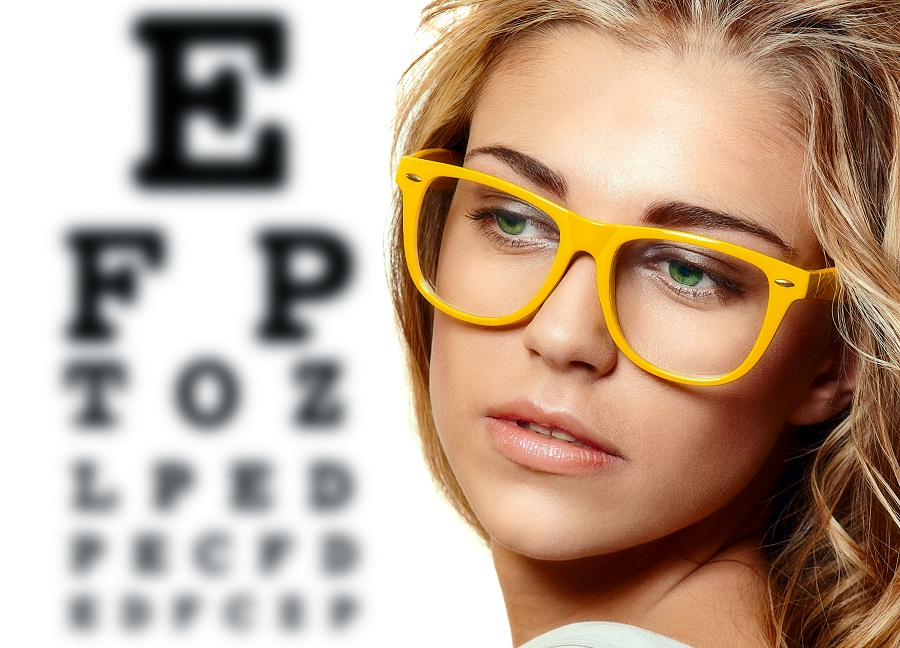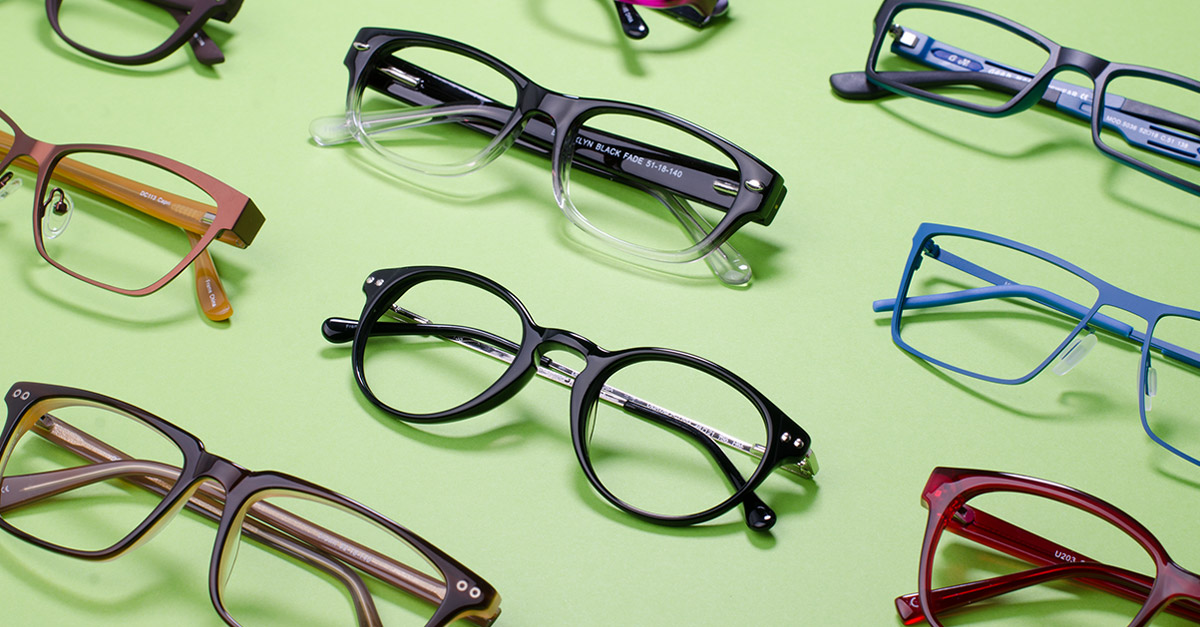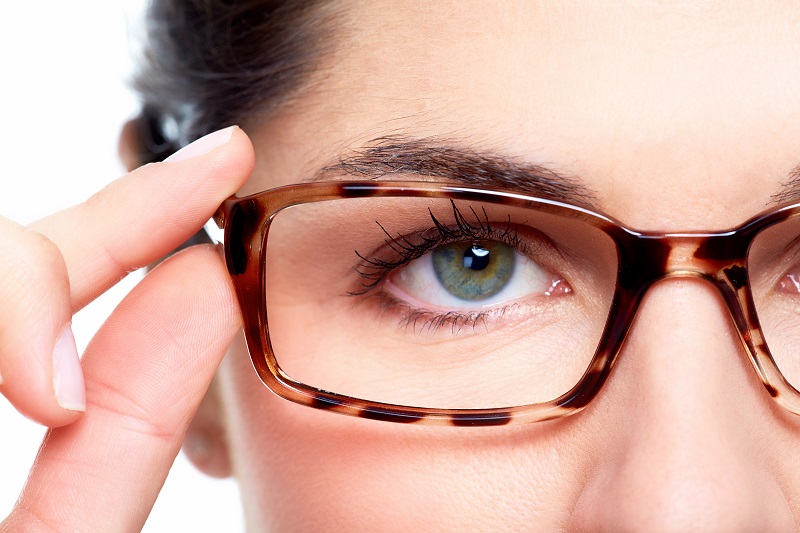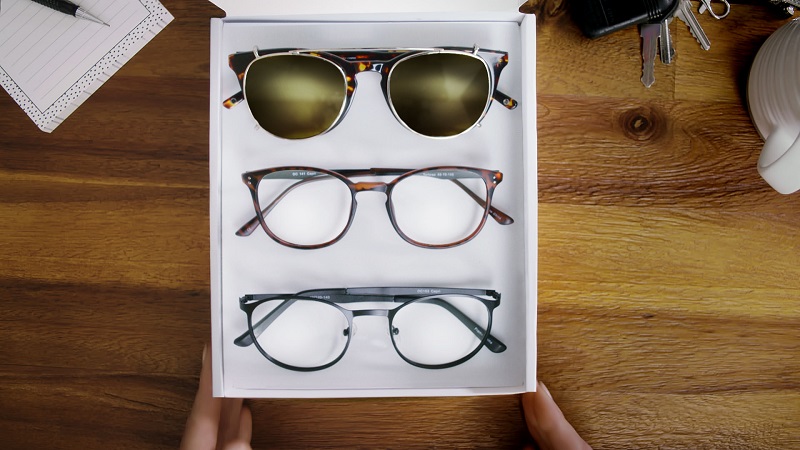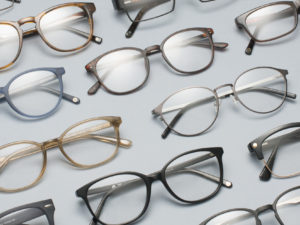Medical jargon can get a bit confusing and eye care is no exception. The term ‘multifocal glasses’ doesn’t always register, and eye doctors don’t always explaining the what & why clearly.
That’s where we come in. There are a number of reasons a person requires to wear multifocal glasses (we mostly refer to progressive lenses in this article); the most common are listed below:
1. Getting Older and Presbyopia
At some point in your life, usually around 40, you begin to experience a difficulty when it comes to focusing on nearby objects (such as reading). This is called presbyopia, an age-related eye condition (aka “old eyes”), which sooner or later creeps up on everyone, whether you needed prescription glasses before, or not.
On its own, presbyopia can be corrected by using reading glasses. However, with 75% of adults wearing some sort of vision correction, presbyopia can come with another refractive error, which leads us to our next reason:
2. Multiple Vision Corrections
It’s impossible to have both myopia (near-sightedness) and hyperopia (farsightedness) at the same time, but presbyopia can occur on top of any combination, along with astigmatism. In that case, multifocals are the recommended approach.
3. Kids With Myopia
The most common eye problem across all age groups is nearsightedness. Studies have shown that it’s possible to slow down the progression of myopia among children if they wear glasses with progressive lenses.
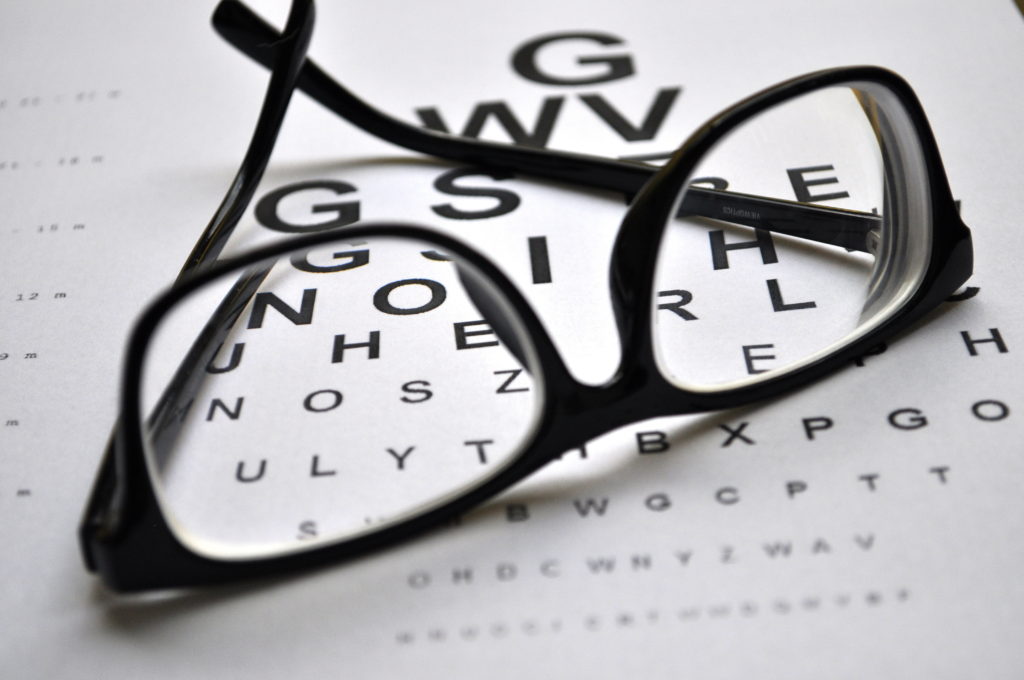
4. After Cataracts Surgery
Cataracts surgery involves the replacement of the damaged lens with an IOL. While there are options for IOLs that help with presbyopia, many of them are only good for correcting myopia. Many people carry a pair of reading glasses or glasses with progressive lenses (especially older people) after the surgery.
5. Style Upgrade From Bifocals
Bifocals (“lined multifocals) are also known as “old people’s glasses”, due to their un-fashionability. Lined multifocal glasses don’t look very cool, even the more modern ones. However, modern progressive lenses come in all variations of thickness, shape and size, which means you’re not surrendering style points in order to see better.
